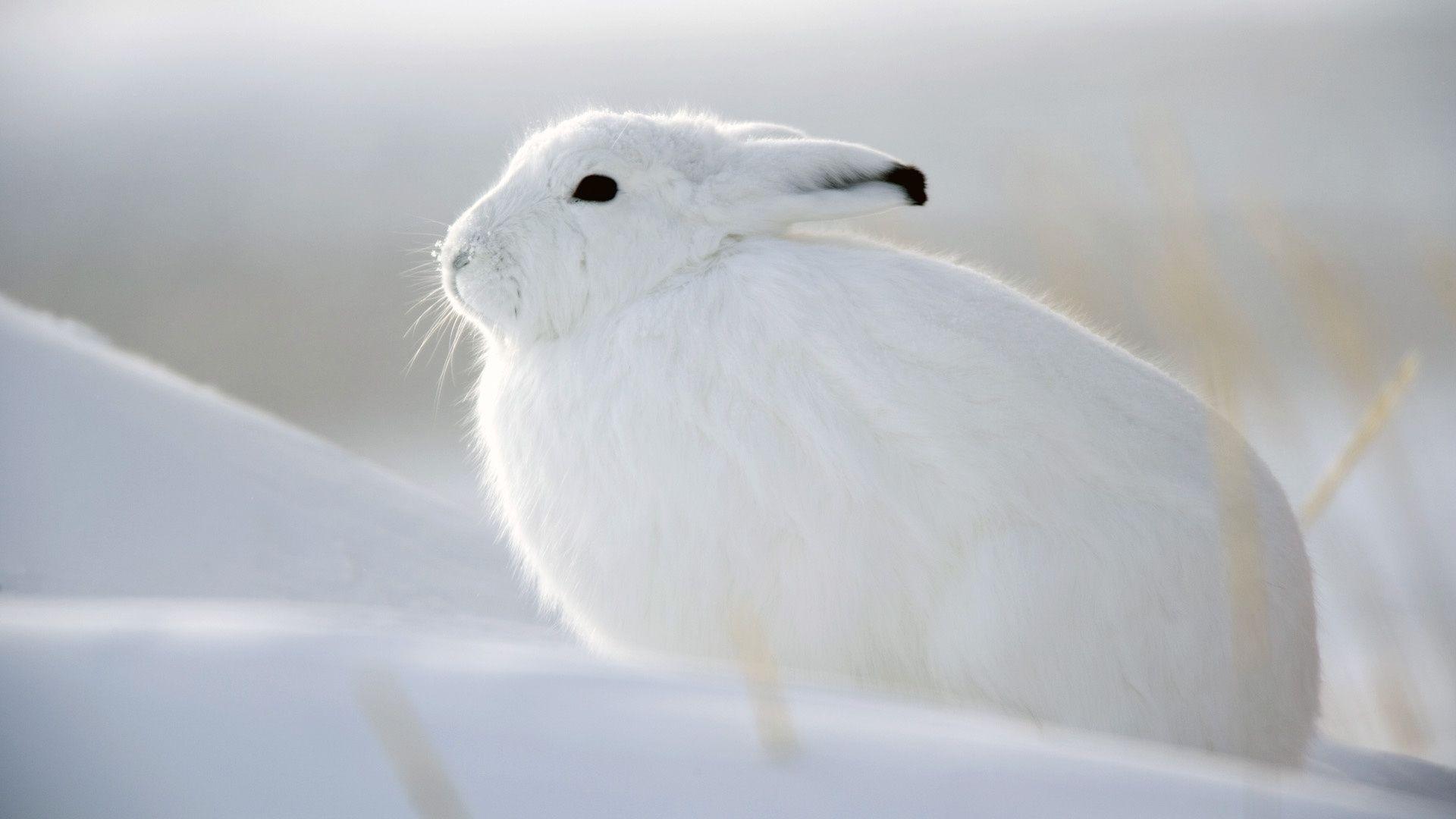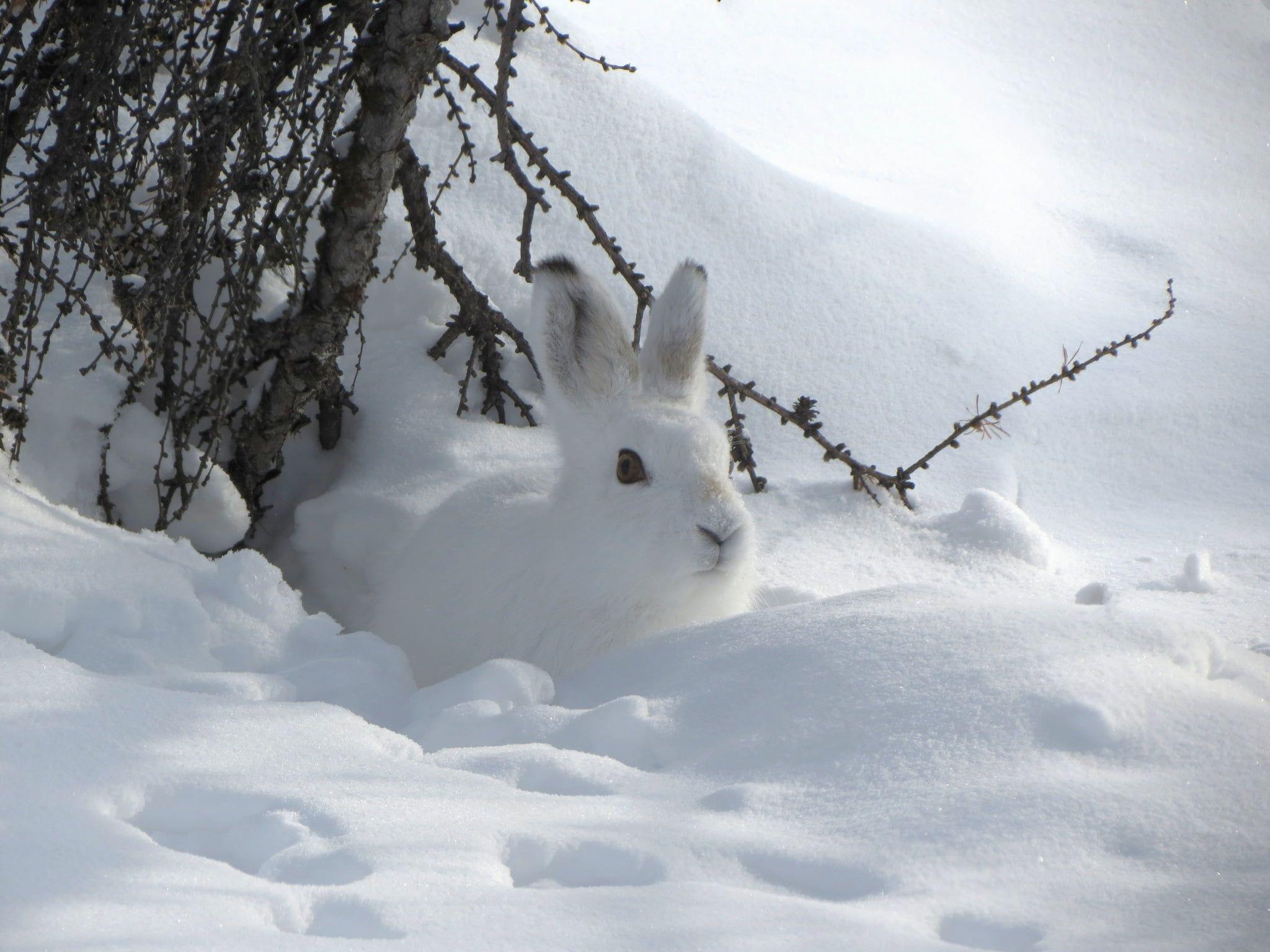Thick Snow Bunny: The Ultimate Guide To Winter’s Cutest Companion
Winter is here, and with it comes the magical appearance of thick snow bunnies! If you’ve ever spotted one of these fluffy creatures hopping through the frosty wilderness, you know just how enchanting they can be. But what exactly makes a thick snow bunny so special? Let’s dive into the world of these adorable animals and uncover everything you need to know about them. Whether you’re a wildlife enthusiast or simply someone who loves cute critters, this guide is for you.
Imagine this: you’re bundled up in your warmest gear, trudging through fresh powder, and out of nowhere, you see a flash of white darting across the snow. That’s right—it’s a thick snow bunny! These little guys are not just any ordinary rabbits; they’re perfectly adapted to thrive in some of the coldest climates on Earth. From their thick fur to their incredible survival skills, there’s so much to learn about these winter wonders.
But why stop at admiration? Understanding thick snow bunnies goes beyond just appreciating their cuteness. They play a crucial role in ecosystems, and learning about them can help us better protect their habitats. So grab your hot cocoa, get comfy, and let’s explore the fascinating life of the thick snow bunny. Trust me, by the end of this, you’ll be itching to go on a snow bunny safari!
Before we dive deeper, here’s a quick table of contents to help you navigate through this article:
- Biography of the Thick Snow Bunny
- Where Do Thick Snow Bunnies Live?
- What Makes a Thick Snow Bunny Unique?
- What Do Thick Snow Bunnies Eat?
- Behavior and Social Structure
- Threats to Thick Snow Bunny Populations
- Conservation Efforts for Thick Snow Bunnies
- Fun Facts About Thick Snow Bunnies
- Common Myths About Thick Snow Bunnies
- How You Can Help Protect Thick Snow Bunnies
Biography of the Thick Snow Bunny
Let’s start with the basics. The thick snow bunny, scientifically known as Oryctolagus nivales, is a subspecies of the common snowshoe hare. But don’t let the scientific name scare you—these guys are all about charm and resilience. Found primarily in the northern regions of North America, Europe, and parts of Asia, thick snow bunnies have become symbols of winter survival.
Here’s a quick rundown of their key stats:
| Scientific Name | Oryctolagus nivales |
|---|---|
| Common Name | Thick Snow Bunny |
| Habitat | Snowy forests, tundra, and mountainous regions |
| Diet | Herbivorous—mainly twigs, bark, and grass |
| Lifespan | 2-5 years in the wild |
| Conservation Status | Least Concern (but facing threats) |
These bunnies aren’t just cute—they’re also incredibly resourceful. Their thick fur keeps them warm in sub-zero temperatures, and their large hind legs allow them to bound effortlessly through deep snow. But more on that later!
Where Do Thick Snow Bunnies Live?
If you’re wondering where to spot a thick snow bunny, look no further than the snowy forests, tundra, and mountainous regions of the world. These bunnies thrive in environments where snow covers the ground for most of the year. Think Alaska, Canada, Scandinavia, and even parts of Siberia.
Why Are These Habitats Perfect for Them?
Thick snow bunnies have evolved to live in some of the harshest climates on the planet. Here’s why these habitats work so well for them:
- Camouflage: Their white fur blends seamlessly with the snow, making it harder for predators to spot them.
- Food Availability: Even in winter, they can find food like twigs, bark, and lichen beneath the snow.
- Shelter: Dense forests and snowbanks provide natural cover from harsh weather and predators.
However, climate change is starting to impact these habitats, which we’ll discuss later. For now, let’s appreciate how perfectly adapted these bunnies are to their surroundings.
What Makes a Thick Snow Bunny Unique?
Let’s talk about what sets thick snow bunnies apart from other rabbits. First off, their fur is absolutely legendary. It’s not just thick—it’s also layered, providing insulation against the cold. And here’s the kicker: their fur changes color with the seasons! In winter, they’re pure white to blend with the snow, while in summer, their fur turns a light brown to match the forest floor.
Other Unique Features
Besides their fur, thick snow bunnies have a few other tricks up their sleeves:
- Large Hind Legs: These act like snowshoes, allowing them to hop easily over deep snow.
- Sharp Senses: With keen eyesight and hearing, they can detect predators from far away.
- Speed and Agility: When threatened, they can zigzag at high speeds to evade capture.
It’s no wonder these bunnies are considered some of the toughest animals in the world!
What Do Thick Snow Bunnies Eat?
Now, let’s get down to business—what’s on the menu for a thick snow bunny? As herbivores, their diet mainly consists of plant matter, but it varies depending on the season. During the winter, when food is scarce, they rely on:
- Twigs and Bark: They nibble on the bark of trees like birch and aspen.
- Lichen: This hardy plant grows on rocks and trees and provides essential nutrients.
- Grass Stems: If they can find any buried beneath the snow.
In summer, their diet expands to include:
- Grass: Fresh green grass is a favorite.
- Leaves: They munch on the leaves of various plants.
- Fruits:
Despite their small size, thick snow bunnies have big appetites. They need to consume a lot of food to maintain their energy levels and survive the harsh winters.
Behavior and Social Structure
Thick snow bunnies are fascinating creatures when it comes to behavior. Unlike some animals that live in large groups, these bunnies are mostly solitary. However, during mating season, things get a little wild!
Mating Rituals
During the spring, male thick snow bunnies engage in what’s known as “boxing matches” to win the attention of females. These matches involve jumping, kicking, and even boxing with their front paws. It’s like a tiny boxing ring in the snow!
As for social structure, thick snow bunnies don’t have strict hierarchies. Instead, they focus on survival and reproduction. After mating, females take on the sole responsibility of raising their young, known as leverets.
Threats to Thick Snow Bunny Populations
Unfortunately, thick snow bunnies face several threats that could impact their survival. The biggest one? Climate change. As global temperatures rise, snowfall patterns are changing, and this affects their ability to camouflage and find food.
Other Threats
Here are a few more challenges these bunnies face:
- Predators: Lynx, foxes, and birds of prey all see thick snow bunnies as tasty snacks.
- Habitat Loss: Human activities like logging and urbanization are reducing their natural habitats.
- Disease: Parasites and infections can spread quickly through populations.
It’s a tough world out there for these little guys, but there’s hope!
Conservation Efforts for Thick Snow Bunnies
Thankfully, conservationists around the world are working hard to protect thick snow bunnies and their habitats. One major initiative involves creating protected areas where logging and hunting are prohibited. These sanctuaries give bunnies a safe place to live and thrive.
Additionally, researchers are studying the effects of climate change on snow bunny populations. By understanding how rising temperatures impact their lives, we can develop strategies to mitigate the damage.
Fun Facts About Thick Snow Bunnies
Here are some fun facts to impress your friends:
- Thick snow bunnies can leap up to 10 feet in a single bound!
- They have a top speed of around 27 miles per hour.
- Despite their small size, they can produce up to 4 litters per year, with 2-8 babies per litter.
- They don’t hibernate—they stay active all year round.
Who knew these little bunnies were such athletes?
Common Myths About Thick Snow Bunnies
There are a few myths floating around about thick snow bunnies that need debunking:
- Myth: They turn white because of the snow.
Fact: Their fur changes color due to hormonal changes triggered by daylight. - Myth: They’re only found in North America.
Fact: They also live in parts of Europe and Asia. - Myth: They’re related to polar bears.
Fact: Nope, they’re rabbits—just really good at surviving in the cold!
Now you know the truth behind these common misconceptions.
How You Can Help Protect Thick Snow Bunnies
So, how can you contribute to the conservation of thick snow bunnies? Here are a few ideas:
- Support Conservation Organizations: Donate to groups working to protect snow bunny habitats.
- Reduce Your Carbon Footprint: By living more sustainably, you can help combat climate change.
- Spread Awareness: Share what you’ve learned with others to inspire action.
Every little bit helps, and together, we can ensure a bright future for these amazing animals.
Kesimpulan
Thick snow bunnies are more than just cute critters—they’re symbols of resilience and adaptability. From their incredible physical features to their vital role in ecosystems, there’s so much to admire about these animals. By understanding their needs and challenges, we can work towards a world where they continue to thrive.
So, what are you waiting for? Head out into the snow and see if you can spot one of these magical creatures. And don’t forget to share this article with your friends and family. Together, we can make a difference!



Detail Author:
- Name : Dr. Jovani Huel PhD
- Email : srenner@gmail.com
- Birthdate : 1996-02-03
- Address : 474 Sawayn Center Apt. 416 Lebsackhaven, FL 06881
- Phone : 949-369-2898
- Company : Bartoletti, Kautzer and Dooley
- Job : Watch Repairer
- Bio : Labore recusandae tenetur accusamus quibusdam repellendus. Ratione dignissimos eos reprehenderit quae consequatur aliquid facilis.